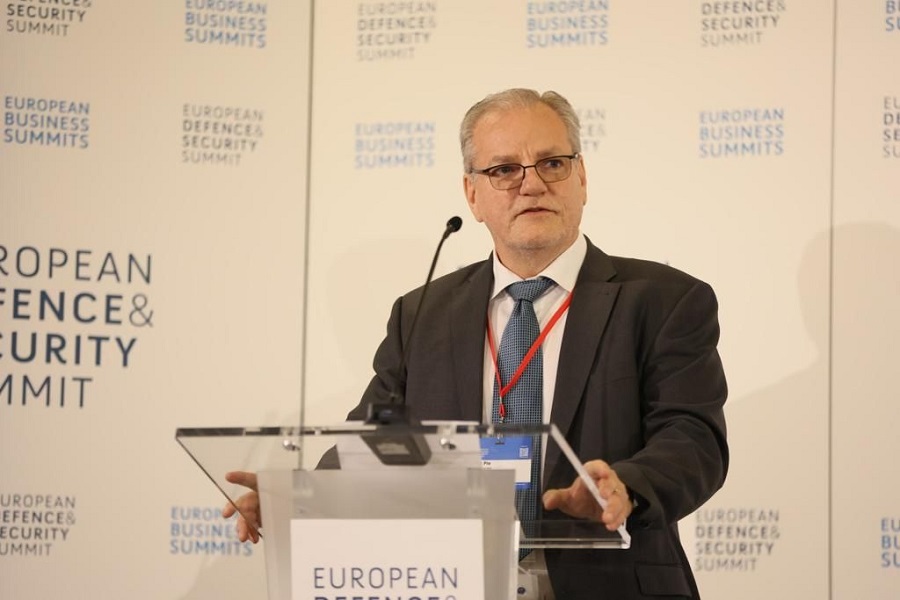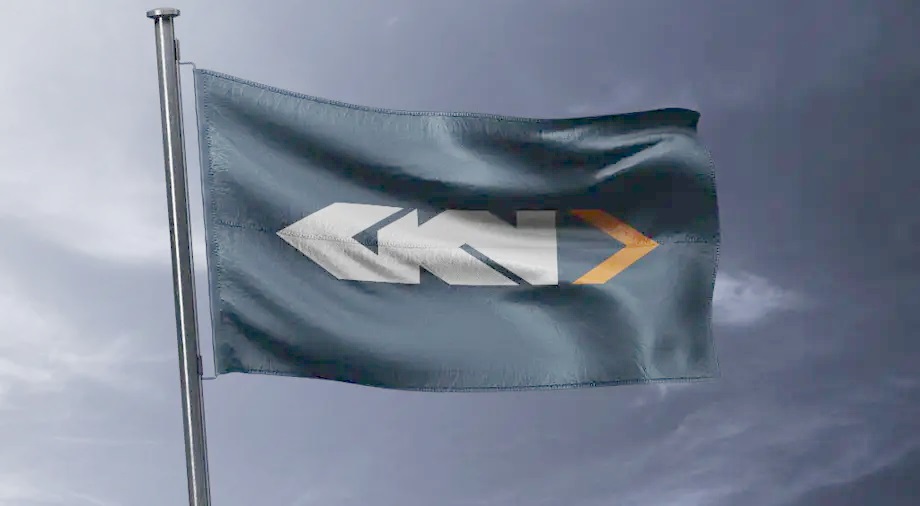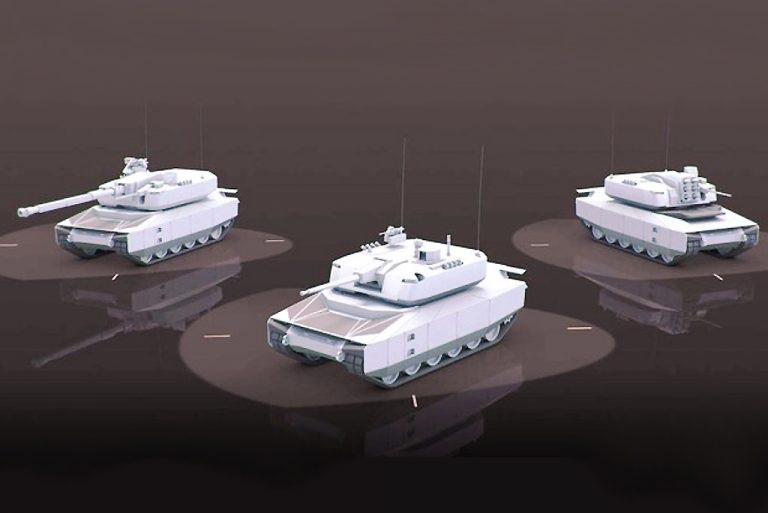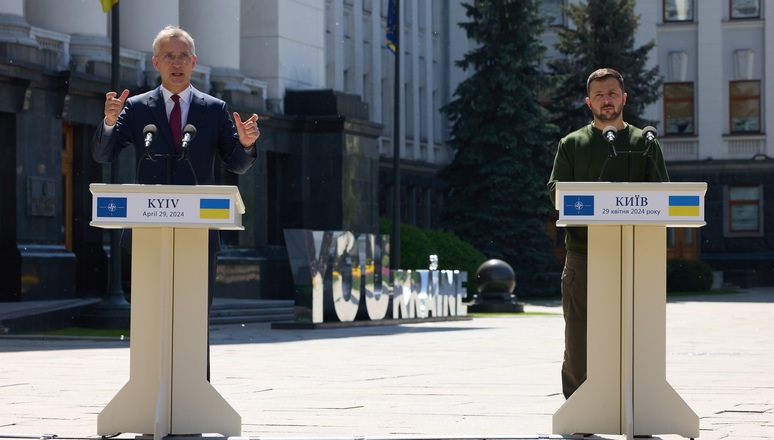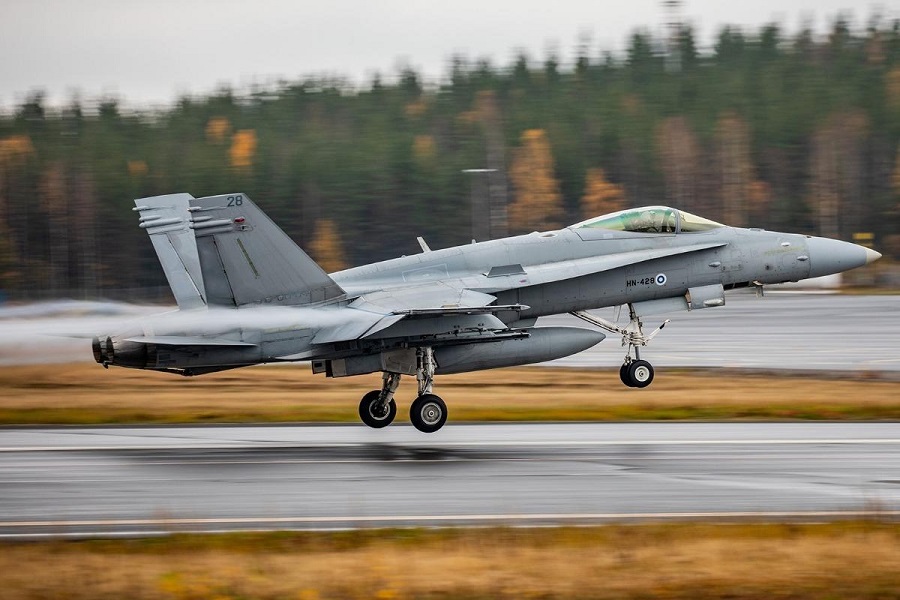The treaty marks a key stage of the landmark Global Combat Air Programme (GCAP) and the headquarters of the programme will be based in Britain.
This combat air aircraft, due to take to the skies by 2035, aims to harness next-generation technologies and become one of the world’s most advanced, interoperable, adaptable and connected fighter jets in service globally. The programme is expected to create highly-skilled jobs in the UK and in partner countries over the next decade and beyond.
The supersonic stealth jet will boast a powerful radar that can provide 10,000 times more data than current systems, giving a battle-winning advantage.
Within the UK, the effort is being led by BAE Systems, in close partnership with Rolls-Royce, Leonardo UK and MBDA UK – as well as hundreds of companies in the supply chain from across the country. Together, they are working closely with lead companies from Japan and Italy to progress the design and development of this aircraft.
The treaty confirmed the UK will host the joint GCAP government headquarters, supporting hundreds of UK jobs and working with Japanese and Italian colleagues. The first CEO will come from Japan. The HQ will be responsible for delivering vital military capability, strengthening each country’s combat air industrial capability, and achieving value for money.
Supporting the Prime Minister’s priority to grow the economy, there are already around 3,000 people in major combat air hubs across the UK, including the south-west and north-west of England and Edinburgh, with almost 600 organisations on contract across the country, including SMEs and academic institutions.
In combat air, the MOD has spent £2 billion in the UK over the last 5 years on technology, creating skills and capabilities – with a further £600 million from industry – to ensure the UK is ready to drive this programme forward.
A crucial programme for the future of stability in the Euro Atlantic, Indo-Pacific and wider global security, GCAP is a strong example of the UK’s global leadership in developing next generation military capability to deter and defeat threats to the UK and our allies.
It is another demonstration of our commitment to Indo-Pacific security, following the deployment of the Royal Navy’s Carrier Strike Group in 2021, with a further deployment coming in 2025, as well as the Navy maintaining a persistent presence in the region through HMS Spey and HMS Tamar.
Separately, a new joint business construct will be headquartered in the UK, with significant global presence. This industry counterpart of the Government organisation will oversee support and timely delivery of the programme, including the 2035 in-service date of the combat aircraft – known as Tempest in the UK. The first leader of the joint business construct will be from Italy.
This collaborative approach is indicative of the ground-breaking international programme.
GCAP will attract investment in research and development into digital design and advanced manufacture processes, providing opportunities for our next generation of highly skilled engineers and technicians.






